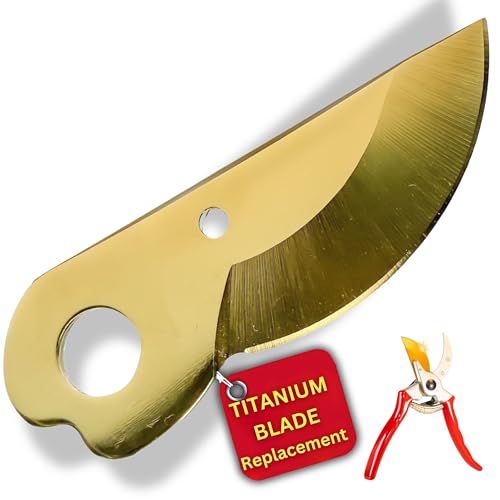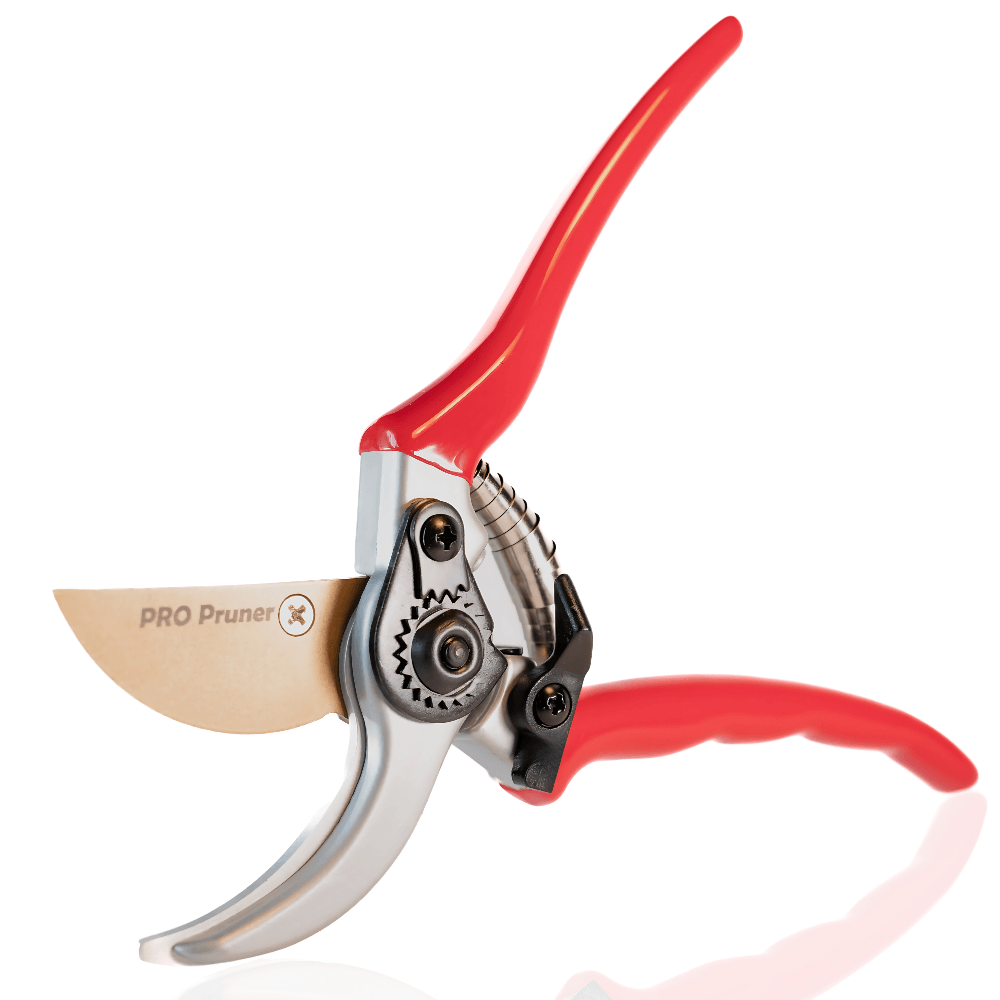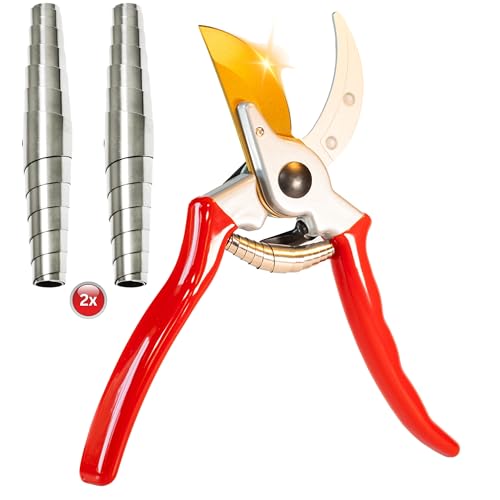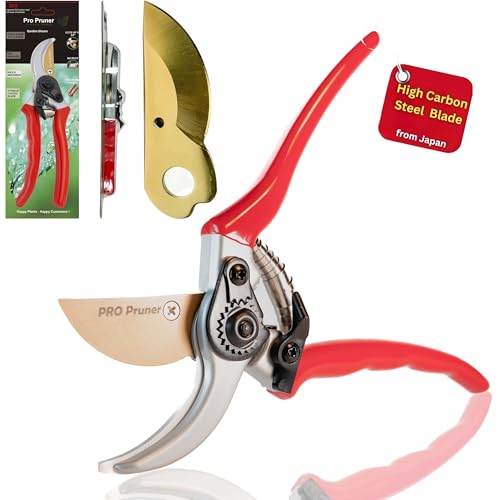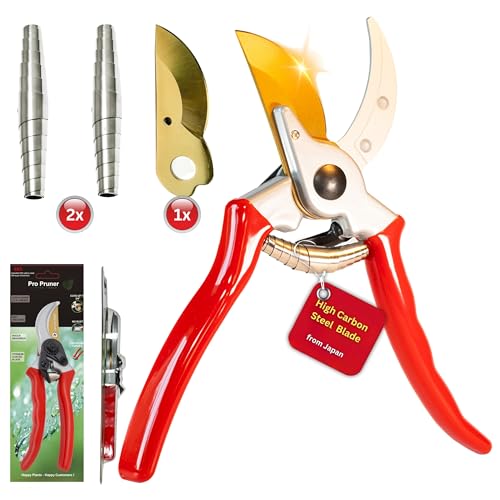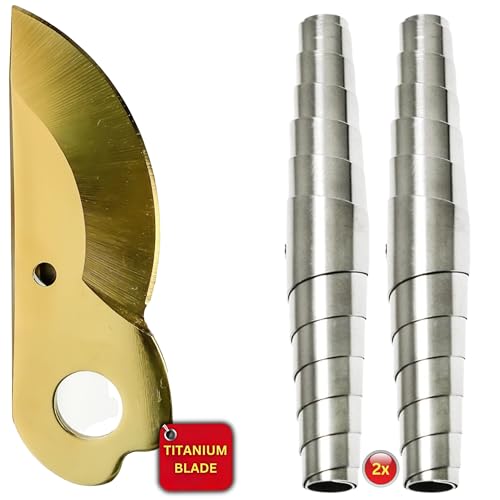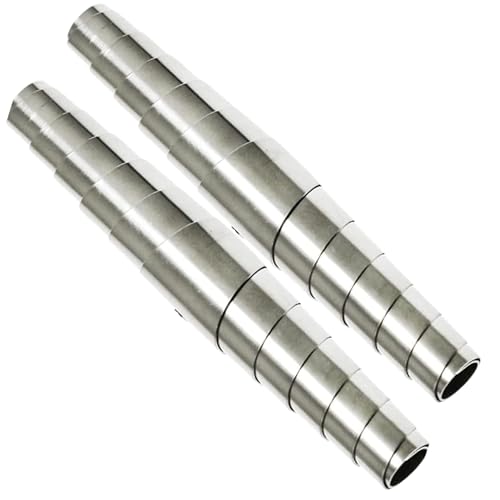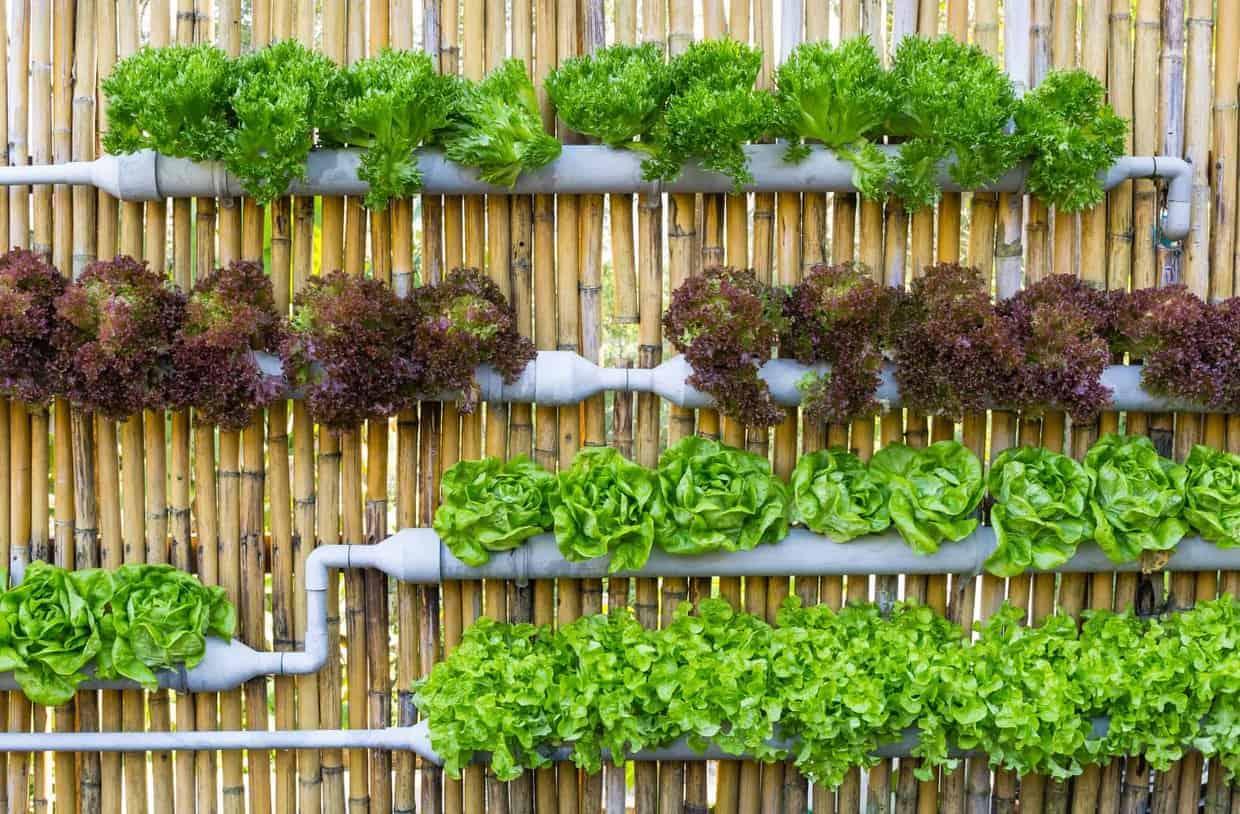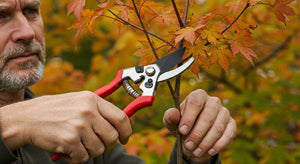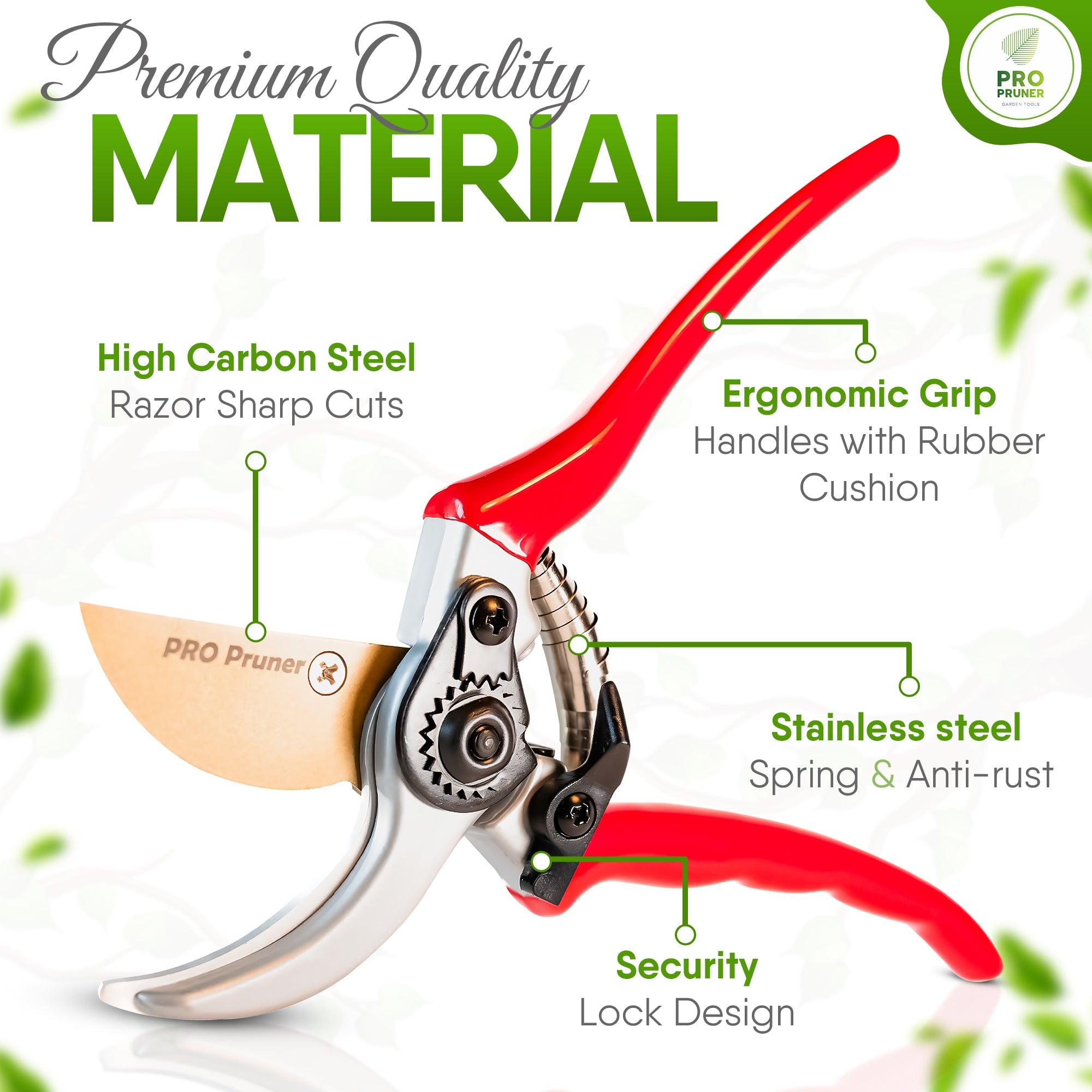If you’re limited by space but still have a love for gardening, vertical gardening could be the solution you've been looking for. This innovative gardening technique is perfect for urban environments where space is often at a premium. By utilizing vertical space, you can grow a variety of plants on structures like trellises, walls, and fences, turning even the smallest spaces into lush green gardens. In this blog, we’ll explore the benefits of vertical gardening, how to get started, and why it's becoming a favorite choice for city dwellers.

What is Vertical Gardening?
Vertical gardening is exactly what it sounds like — growing plants upwards instead of outwards. It involves the use of structures like trellises, towers, and walls to support plants as they climb, making it perfect for those with limited space. Whether you have a small balcony, a tiny backyard, or even just a small apartment with access to a sunny wall, vertical gardening allows you to maximize your growing space without sacrificing aesthetics or functionality.
Some common vertical gardening methods include:
-
Trellises and Arbors: These structures are ideal for climbing plants like cucumbers, peas, and tomatoes. Trellises can be placed against a wall, fence, or even stand-alone, creating vertical growing space while allowing plants to spread out and grow.
-
Plant Towers: Stackable containers or towers are often used for growing a variety of vegetables and herbs in an upward fashion, making them perfect for small balconies or patios.
-
Living Walls: Living walls, or green walls, are systems that allow plants to grow vertically in a soil or hydroponic medium. These can be attached to buildings or freestanding structures to create a dramatic visual impact.
Why Choose Vertical Gardening?
Vertical gardening isn’t just about saving space — it offers a range of benefits for both novice and experienced gardeners. Here are some of the top reasons to consider vertical gardening for your own space:
1. Maximizes Small Spaces
In cities, limited square footage can be a big barrier for gardening enthusiasts. By growing plants vertically, you can maximize your available space. Even the smallest patios, balconies, or apartment windows can become vibrant, green spaces when you use vertical gardening techniques.
2. Reduces the Need for Weeding
Vertical gardens are easier to manage in terms of weeds, as most plants are elevated off the ground. This means less time spent on weeding and more time spent enjoying your garden.
3. Improves Drainage and Air Circulation
Plants that grow vertically benefit from better airflow and drainage, which can help prevent root rot and other common plant diseases. With proper drainage, plants are also less likely to be waterlogged.
4. Enhances Aesthetic Appeal
Vertical gardening can turn a dull wall or fence into a stunning green feature. Whether you're adding color to an urban rooftop or creating a green oasis in your apartment, vertical gardens can dramatically enhance the look and feel of your outdoor space.
5. Increases Plant Yield
Vertical gardening allows you to grow more plants in the same area, increasing your harvest in the same footprint. This is especially valuable for urban gardeners growing edibles like herbs, vegetables, or small fruits.
How to Start Your Vertical Garden
Ready to start growing vertically? Here’s a step-by-step guide to getting started:
1. Choose Your Plants
Before building your vertical garden, think about what you want to grow. Some plants naturally thrive in vertical setups, including:
- Climbing Vegetables: Tomatoes, cucumbers, peas, and beans are ideal for trellises or towers.
- Herbs: Many herbs, like basil, rosemary, and thyme, can be grown in hanging baskets or wall-mounted planters.
- Flowers: Vining flowers such as morning glories, sweet peas, and ivy look beautiful climbing along a trellis.
- Succulents: If you're looking for a low-maintenance vertical garden, succulents are perfect for living walls or wall-mounted planters.
2. Select Your Vertical Gardening Structure
Now that you know what you want to plant, it’s time to choose the best vertical structure for your needs. Here are some options:
- Trellises and Fencing: These structures work well for climbing vegetables and flowers.
- Plant Towers and Stackable Planters: Perfect for growing multiple plants in a small space, these towers work great for herbs and smaller vegetables.
- Wall Planters: If you’re looking to save floor space, wall-mounted planters or shelves are ideal for smaller plants like herbs and flowers.
Check out our vertical garden tool kit to get everything you need to start your project, including high-quality garden pruners and tools!
3. Prepare Your Growing Medium
Most vertical gardens require good soil and a drainage system to ensure your plants grow strong and healthy. Use lightweight soil mixes for vertical garden containers, and make sure that each container has proper drainage holes to avoid waterlogging.
Tips for Vertical Garden Maintenance
While vertical gardens are low-maintenance in many ways, here are some tips to help keep them thriving:
1. Regular Pruning
Pruning is essential to maintain the shape and health of your vertical garden. Trim dead or yellowing leaves, and keep climbing plants from becoming too unruly. Use sharp, high-quality garden shears for clean cuts and healthy growth.
2. Watering
Since vertical gardens are often elevated, water may not reach the roots as efficiently as it would in traditional gardens. Make sure to water your plants regularly, especially in hotter weather. A good drip irrigation system can help keep plants hydrated.
3. Fertilizing
Feed your plants with a balanced fertilizer to ensure they get the nutrients they need for healthy growth. Vertical gardens are particularly nutrient-demanding since the plants are growing in limited space.
Check out our fertilizer recommendations for optimal plant health in your vertical garden!
Common Vertical Gardening Mistakes to Avoid
While vertical gardening is a great way to save space, there are some common mistakes you should watch out for:
- Overcrowding Plants – Vertical gardens can be compact, but that doesn’t mean you should overcrowd your plants. Make sure each plant has enough space to grow and breathe.
- Ignoring Plant Needs – Each plant has specific light, water, and nutrient requirements. Be sure to research each plant before adding it to your vertical garden.
- Neglecting to Prune – Vertical plants can get out of control quickly if not pruned regularly. Regular maintenance ensures your plants stay healthy and look neat.
Why Vertical Gardening is the Future of Urban Gardening
Vertical gardening is more than just a trend — it’s a solution to the growing challenge of limited space in urban areas. As more people move into cities and embrace sustainable living, vertical gardening will become a key method for making the most of smaller spaces while still enjoying the beauty and benefits of gardening.
With the right tools and proper care, you can create a stunning and productive vertical garden no matter how small your space is. Check out our pruning shears and vertical garden tools to start your vertical gardening journey today!
Final Thoughts
Vertical gardening is the perfect solution for anyone with limited space who wants to grow plants in a stylish, functional, and sustainable way. Whether you’re creating a lush green wall, growing vegetables on a trellis, or using stackable planters to cultivate herbs, vertical gardening allows you to expand your growing space without sacrificing aesthetics. Ready to transform your urban garden? Visit our shop for everything you need to get started!
Happy gardening!
By following this guide, you’ll not only increase your gardening knowledge but also create a beautiful, space-efficient vertical garden that maximizes your growing potential. Don’t forget to keep your tools in top shape with our premium garden tools designed for every need!
- Shop - Pro Pruner
- About Us - Pro Pruner
- Contact Us - Pro Pruner
- Gardening Blogs - Pro Pruner
- Pruning Shears - Pro Pruner

